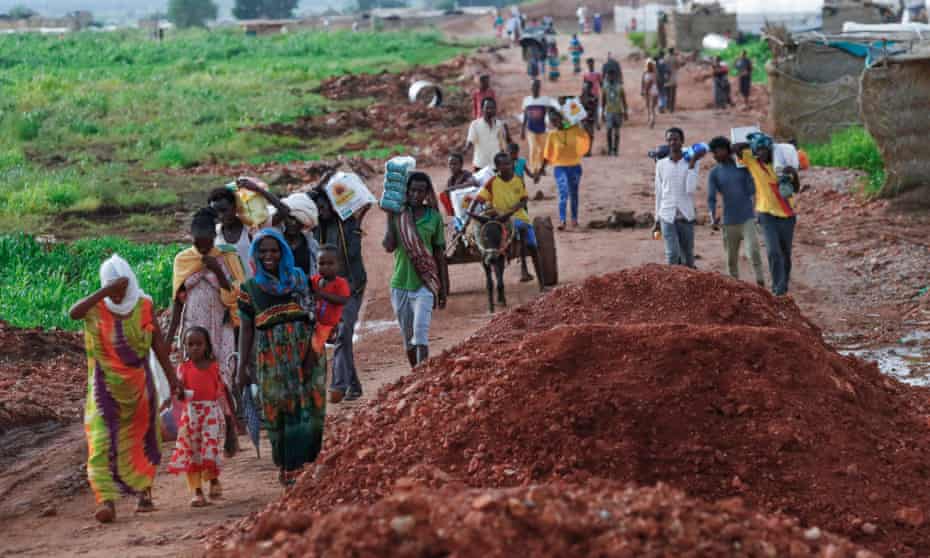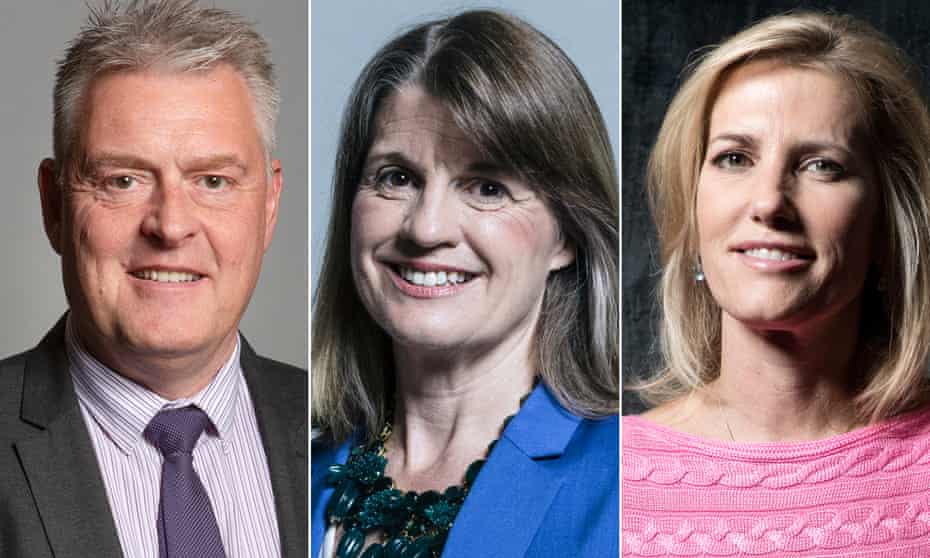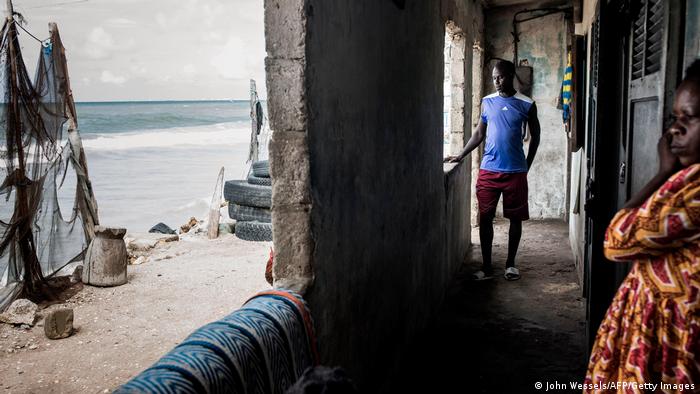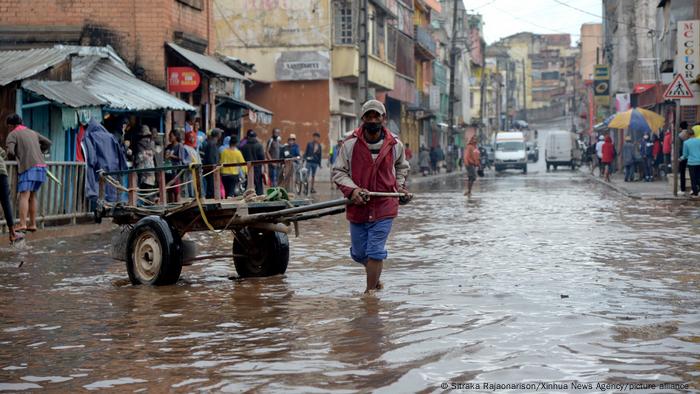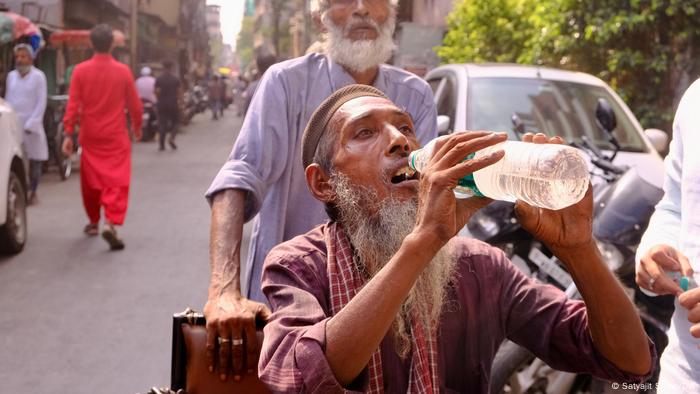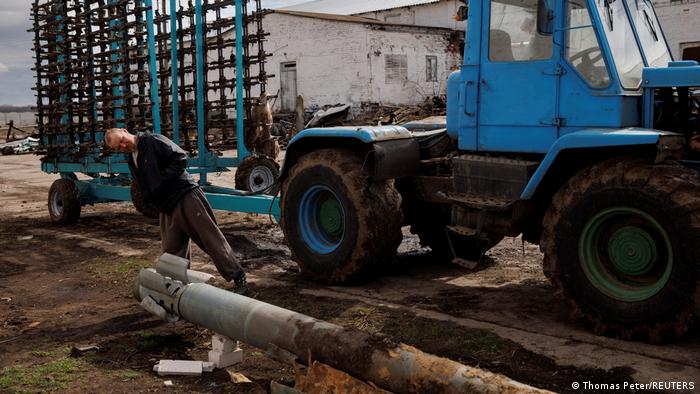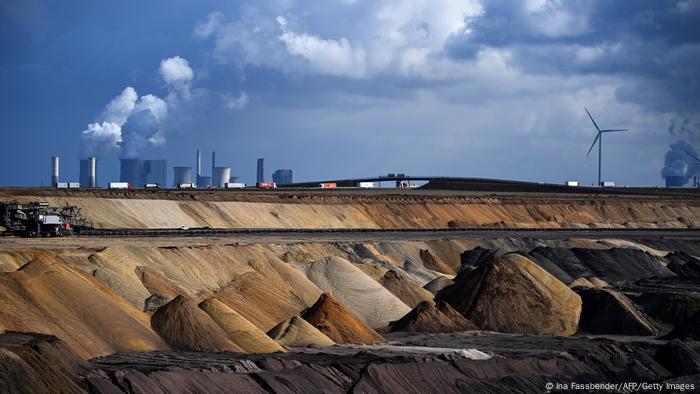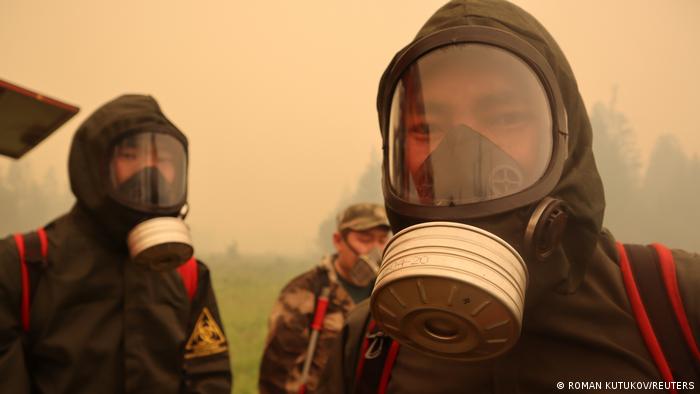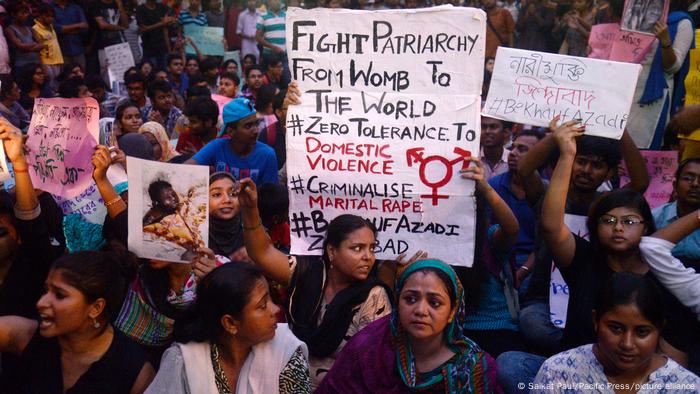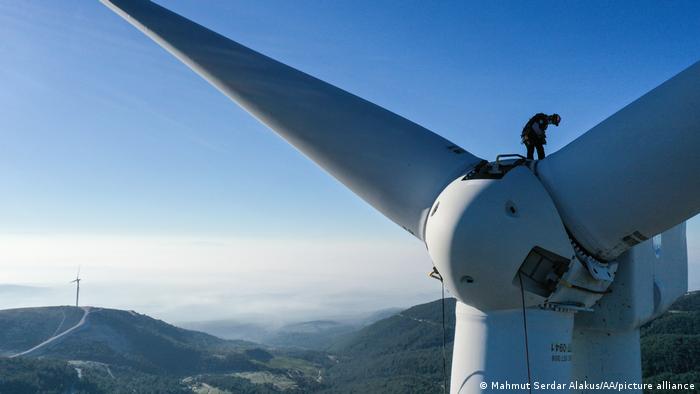Payton Gendron’s 180-page manifesto borrowed straight from the site’s politics boards, echoing anti-Semite and racist myths

Members of the Buffalo police department work at the scene of a shooting at a Tops supermarket. Photograph: Brendan McDermid/Reuters
Justin Ling
Wed 18 May 2022
Justin Ling
Wed 18 May 2022
Just weeks after 4chan motivated a quadruple shooting in Washington DC, the racist and conspiracy-oriented online message board probably inspired the killings of 10 at a grocery store in a predominantly Black neighborhood of Buffalo over the weekend.
A 180-page manifesto, allegedly released by the accused along with a video of the attack, is rife with pseudo-scientific racism, antisemitic conspiracy theories and a call for others to mimic his violence. The screed is mostly plagiarized from other extremists and from the far-right 4chan.
The 18-year-old white man charged with carrying out the massacre – before turning himself over to police at the scene – wrote that “extreme boredom” drove him to 4chan in March 2020.

‘Cheering section’ for violence: the attacks that show 4chan is still a threat
Payton Gendron first fell into logging on the message board daily when coronavirus-related lockdowns kept many in New York state indoors, according to the timeline in the manifesto. His family told the New York Post that isolation and paranoia inflicted by the pandemic made him snap – possibly a preview of Gendron’s legal defense.
Gendron faces first-degree murder charges, which the justice department says they may prosecute as hate crimes. Most of those slain were Black, including Aaron Salter, a security guard who tried to stop the shooting; local activist Katherine Massey; and substitute teacher Pearl Young.
The manifesto contains hundreds of racist and antisemitic memes borrowed straight from 4chan’s politics boards and spells out the philosophy behind the attacks: the racist myth that Democrats favor open immigration policies and high birthrates for Black people to “replace” Republican voters and seize control of America.
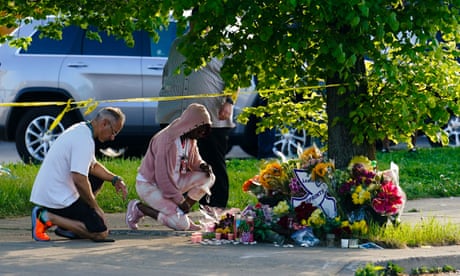
Buffalo shooting: what we know about the victims so far
That so-called rreat replacement myth, sometimes more bluntly termed “white genocide theory,” has found particularly fertile ground in places like 4chan.
“We have seen (the great replacement myth) playing a greater role in mobilizing individuals to violence because it has a somewhat unique ability to foster a sense of emergency,” said Amarnath Amarasingam, assistant professor in the school of religion at Queen’s University and author of an upcoming book on the radicalizing power of conspiracy theories.
The manifesto details the baseless racism that underpins the philosophy, including the idea that Jewish people secretly control the world, and that the genetic differences between the races make them incompatible. One particular image, sourced from 4chan, claims to show “the truth about race” – compiling a handful of debunked, misunderstood, or cherrypicked studies to assert the claim that certain races are inferior to whites. The manifesto even seeks to back up its claims with the long-abandoned pseudoscience of phrenology, which studies the sizes and shapes of craniums.
While these claims have no basis in modern biology or sociology, they are established doctrine on 4chan, where even conversations on a board devoted to cooking frequently veer into racist slurs and junk race science. The popularity of these ideas on 4chan has bubbled up into the mainstream.
The great replacement myth has been endorsed, in various forms, by vlogger Nick Fuentes and neo-Nazi organization Patriot Front and by more establishment figures like Fox News host Tucker Carlson and Senate hopeful JD Vance.
In Discord chat logs believed to be written by Gendron, he writes, “I only really turned racist when 4chan started giving me facts.” Early in 2022 he explained that only 4chan – including the board dedicated to Nazi ideology – gave him the real news he sought. “White genocide is real when you look at data, but is not talked about on popular media outlets,” he wrote. He confessed to browsing 4chan daily and that he “barely interacts with regular people”.
4chan is also notorious for praising and deifying other mass shooters and white supremacist terrorists. Gendron’s alleged manifesto has ample evidence of their influence on him.

Civil rights lawyer Crump: investigate Buffalo shooting as domestic terrorism
The document borrows heavily from another manifesto written in 2019 by Brenton Tarrant, who killed 51 at two mosques in Christchurch, New Zealand. Tarrant was also a frequent user of 4chan and its sister board, 8chan, according to a government report. Tarrant’s own manifesto, which was uploaded to 8chan before the attack, in turn plagiarized significantly from Anders Brevik, who murdered 77 in Norway in 2011 in an anti-immigrant spree.
Brevik himself copy-and-pasted most of his manifesto directly from other anti-Islam sources, illustrating “the broader ideas behind the great replacement conspiracy theory have been around for some time within various far-right movements”, Amarasingam said.
Besides Buffalo, both 4chan and 8chan have become politically significant forces in the US. Both boards helped form and foster QAnon, the far-right myth that Donald Trump is combating a cult of elite leftist pedophiles. The boards played a central role in constructing the lie that the 2020 presidential election was stolen from Trump, which inspired the deadly Capitol riot on 6 January 2021.
Then, last month, 23-year-old Raymond Spencer recorded himself shooting and wounding four people at random. He uploaded the footage to 4chan and continued posting right up until he committed suicide, as police closed in on him. A racist meme, popular on 4chan, was posted on the wall of the apartment Spencer used as a sniper’s nest.
Gendron and Spencer’s cases vividly show how 4chan’s toxic culture can radicalize young men, according to Amarasingam.
“You can hear it all over the Buffalo shooter’s manifesto – a deep sense of urgency that there is an imminent collapse of white people and white culture,” the professor said. “Combine all this with the furious nihilism, racism, and angst of 4chan and it all becomes deeply worrying.”
